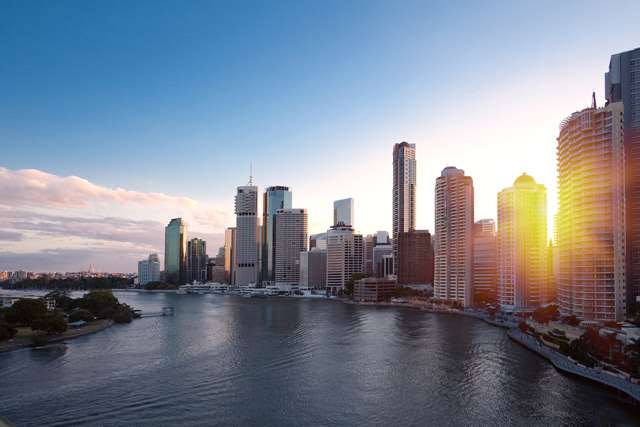The government is proposing to fund upgrades to regional broadband until 2040 with a new tax on “superfast” broadband users, but it’s unclear whether that will drive prices up.
This week, the Department of Communications began consulting on plans to neutralise competition to the National Broadband Network and to fund future wireless and satellite upgrades over the next 30 years.
NBN Co is locked in a fierce battle with TPG, which has been exploiting regulatory loopholes to compete with the government-backed network builder for connections in metropolitan areas. If the government gets its way, these loopholes will closed.
By itself, that won’t help NBN Co, according to the government. In city buildings where both TPG and NBN Co’s “superfast” services are available, TPG’s services can cost up to $30 a month less.
One option would be for NBN Co to drop its prices in metro areas, but the government argues this would damage its financial structure.
Since the beginning, NBN Co’s model was to use revenue from the metro areas to subsidise losses in rural and remote parts of Australia. That model fails, however, when NBN Co finds itself priced out of the most lucrative parts of the metropolitan markets.
If NBN Co didn’t have to cross-subsidise regional and rural broadband, it could better compete on price with TPG, the government argues.
Enter the Regional Broadband Scheme – a way to fund the almost $10 billion in net costs expected to be incurred by the wireless and satellite networks to 2040, and to “level the playing field” in metro areas.
The scheme proposes a new tax on internet services that are capable of 25Mbps or more. The tax - starting at $7.10 and indexed to CPI - is expected to be passed on to consumers, hence a rash of articles this week that broadband prices will rise.
This isn’t quite true – and the effect of the tax is unclear.
For a start, the biggest provider of superfast internet in Australia is NBN Co itself. As such, its fixed-line users are expected to foot 95 percent of the bill.
What isn’t clear is whether the tax is more or less than the cross-subsidy that is currently incorporated into the costs of their broadband services. The amount of the cross-subsidy is redacted in government papers published this week, making it impossible to know.
The other 5 percent of customers that pay the tax will be from TPG’s fibre-to-the-basement (FTTB) network, private service providers in new housing estates, and possibly business customers.
But it may not mean higher prices here either. One analyst at Deutsche Bank believes TPG might simply absorb the tax, chopping its margins but keeping the price pressure on NBN Co.
There are loads of broadband users who simply won’t have to pay the tax, including those using mobile broadband, fixed wireless, satellite, ADSL, and even HFC lines that are being transitioned to the NBN.
The government is proposing to review that after five years so if, for example, mobile broadband became more substitutable for fixed-line services, it is plausible it could be taxed in future. (It isn’t currently considered a substitute because it costs a lot for a relatively small data quota).
One other important thing to note about the broadband tax is that it’s only a proposal at this stage.
It is currently being shopped to the industry – and we can expect to see some incendiary submissions in the early part of the New Year.
But it is also one of five options that the government has put on the table. Among the other options are to continue to fund regional broadband – as it has been forced to repeatedly do – out of the federal Budget.
The government favours options that don’t involve dipping into its coffers, although it notes that the “relative net benefits” between Budget funding and a broadband tax “are difficult to measure”.
It does, however, recommend the tax because it would largely fall on NBN Co and thus pressure the company to “contain costs” in a way that perhaps it might not do if the flow of public cash continued.










